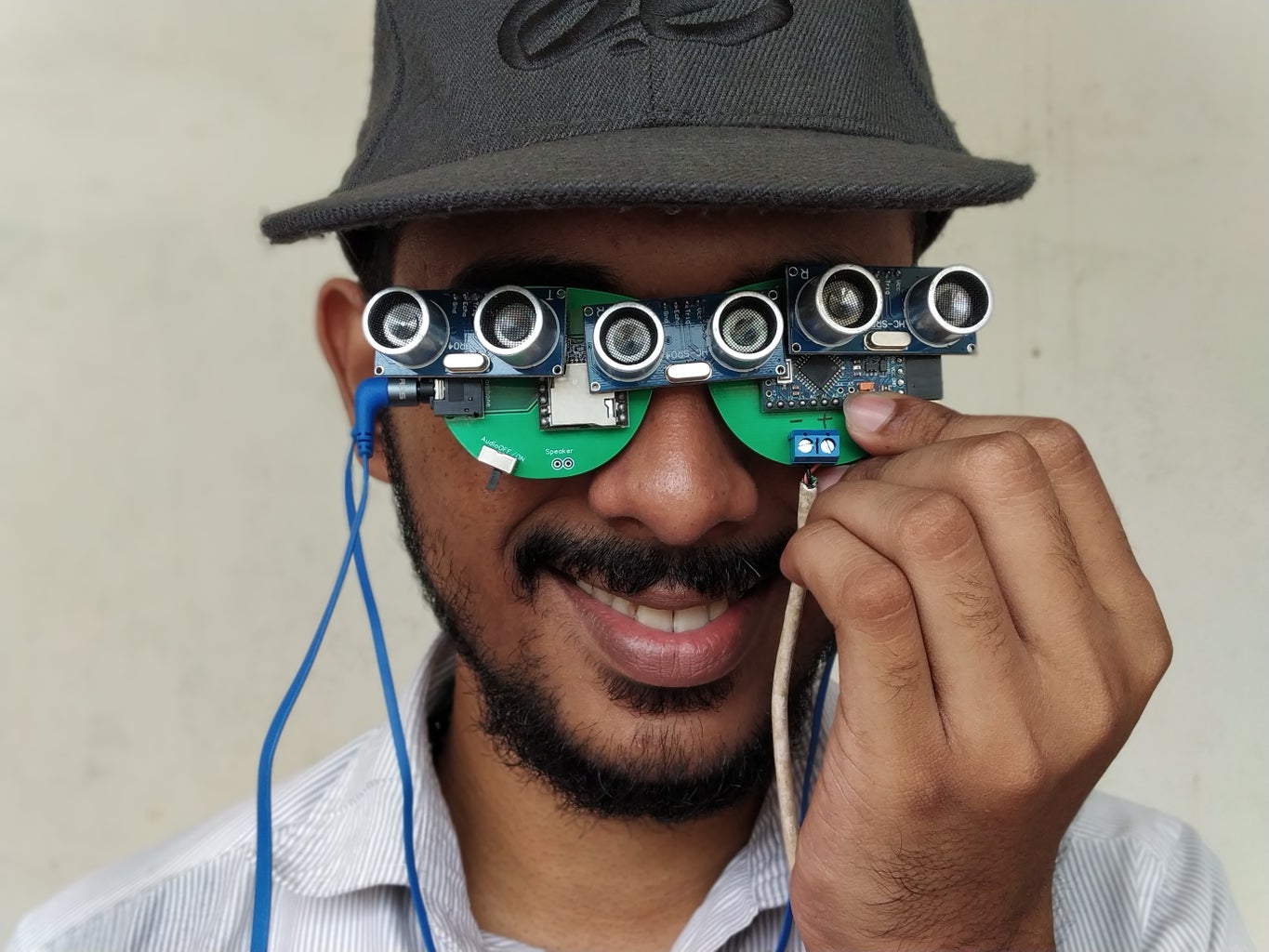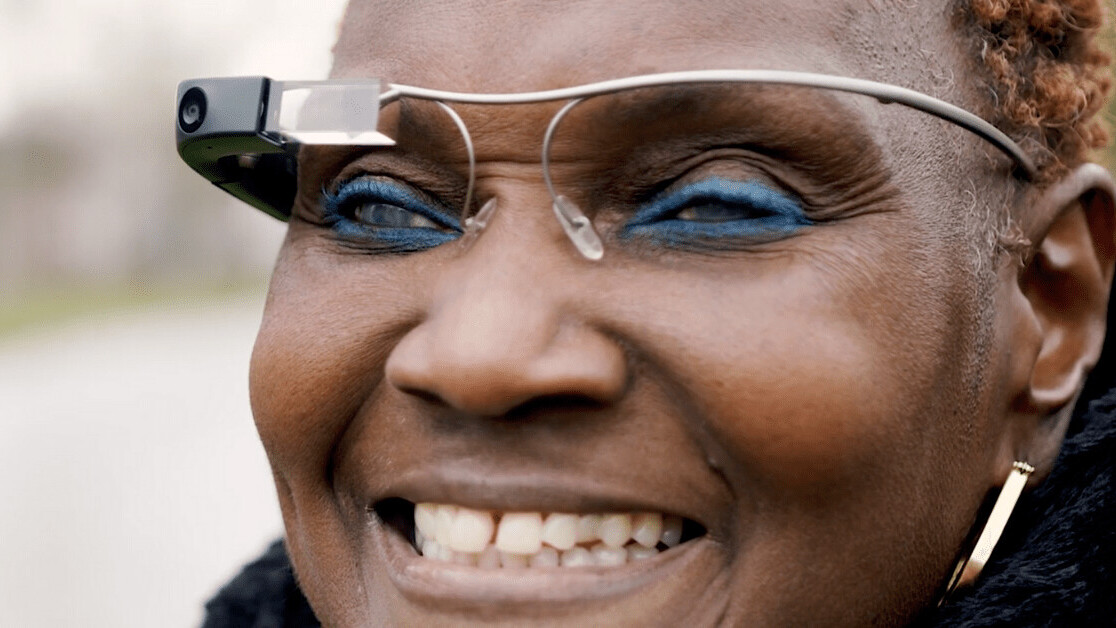Wearable Technology for Low Vision: Transforming How We Navigate the World
Wearable Technology for Low Vision: Transforming How We Navigate the World
Blog Article
Enhancing Accessibility Via Assistive Innovation for the Blind
The combination of assistive modern technology for the blind stands for a pivotal development in ease of access, fundamentally changing just how individuals navigate their atmospheres and involve with culture. As we check out the diverse kinds of assistive gadgets and their substantial effects on everyday living, it becomes crucial to check out how continuous technical innovations are reshaping the landscape of assistance for the blind area.
Introduction of Assistive Technology
Assistive modern technology describes a variety of tools and software program made to improve the capacities of individuals with specials needs, consisting of those that are aesthetically damaged or blind. This modern technology plays a crucial duty in advertising self-reliance and enhancing the high quality of life for customers. By offering alternate approaches for accessing details and performing everyday jobs, assistive modern technology encourages people to browse their atmospheres extra successfully.
The development and application of assistive modern technology embrace a range of principles focused on cultivating accessibility. These principles include user-centered layout, which prioritizes the needs and preferences of the person, and the combination of modern technology into day-to-day tasks. Such improvements guarantee that assistive tools are not just functional yet additionally intuitive and simple to use.
Moreover, assistive modern technology includes a varied range of services, from low-tech choices like magnifiers to high-tech developments such as screen readers and Braille display screens. The ongoing development of this field is driven by the need to address the distinct obstacles faced by people with aesthetic disabilities (Wearable technology for low vision). As innovation remains to advance, the capacity for enhancing accessibility and advertising inclusivity stays encouraging, inevitably contributing to an extra fair society

Sorts Of Assistive Tools
Many types of assistive gadgets are available to support people who are blind or aesthetically damaged, each developed to deal with specific requirements and challenges. These tools can be extensively classified right into three main kinds: low-tech, mid-tech, and sophisticated options.
Low-tech tools include products such as magnifiers, Braille labels, and tactile maps. These are relatively easy tools that enhance the individual's capability to interact with their atmosphere without calling for complicated technology.
Mid-tech gadgets usually entail extra advanced attributes, such as digital magnifiers and mobile Braille note-takers. These tools can offer capabilities like speech outcome, enabling individuals to access information much more efficiently.

Influence On Daily Living
The schedule of numerous assistive tools considerably improves the lifestyle for people who are aesthetically impaired or blind, impacting their daily living in extensive methods. By incorporating innovations such as screen visitors, Braille displays, and audio description services right into their routines, individuals acquire higher autonomy and independence. These devices help with access to info, allowing individuals to carry out daily tasks, such as reading e-mails, navigating public rooms, and taking pleasure in media material.
Furthermore, assistive gadgets empower people to involve even more fully in social communications and community activities. The capacity to utilize mobile phones equipped with availability attributes enables smooth interaction and link with others. This connectivity promotes a sense of belonging and reduces sensations of isolation.
In professional settings, assistive technology sustains efficiency by enabling people to full job tasks efficiently. Devices like voice acknowledgment software application and specialized zoom gadgets allow individuals to join the labor force on equivalent footing with their sighted peers.

Advancements in Modern Technology
Current technical advancements have actually dramatically transformed the landscape of devices offered for people that are aesthetically impaired or blind. The assimilation of artificial intelligence (AI) and equipment knowing has given surge to applications that boost navigating and item recognition. Mobile phone applications can now utilize AI to recognize and describe surroundings in real-time, giving users with beneficial contextual information.
Additionally, innovations in haptic technology have caused the advancement of smart walking canes outfitted with sensing units that identify obstacles and offer responsive comments. This equips individuals to navigate their atmosphere with boosted self-confidence and independence. Advancements in text-to-speech software program and braille screens have actually enhanced the ease of access of digital web content, allowing for seamless interaction with various media.
Wearable modern technologies, such as clever glasses, are also making strides in aiding aesthetic disability. As technology proceeds to evolve, the capacity for even more transformative devices stays on the perspective.
Future Trends and Innovations
As technology rapidly progresses, the future of assistive tools for individuals who are blind holds enormous assurance. Technologies in synthetic intelligence (AI) and artificial intelligence are positioned to revolutionize the means blind individuals interact with their settings. AI-driven applications are being established to improve item recognition, permitting users to identify and browse their environments with better ease and accuracy.
In addition, advancements in haptic responses innovation are allowing the production of responsive maps and navigating help that give real-time details through touch. These advancements not just my explanation improve mobility however also foster self-reliance. In addition, wearable tools equipped with enhanced truth i loved this (AR) attributes are arising, offering customers visual details with audio descriptions, consequently bridging the gap between the physical and electronic worlds.
Additionally, the combination of clever home innovation offers new opportunities for access, enabling people to regulate their living settings through voice commands or mobile phone applications. As collaboration between tech programmers and the blind neighborhood proceeds, the focus on user-centered design will make certain that future advancements are customized to satisfy the unique requirements of this population (Wearable technology for low vision). The trajectory of assistive innovation promises an extra empowering and comprehensive future for people who are blind
Verdict
In verdict, assistive modern technology plays a vital role in improving access for people with aesthetic problems. Constant advancements in technology and user-centered design guarantee that eye doctor is an optometrist these devices cater properly to the special needs of the blind community.
The assimilation of assistive modern technology for the blind stands for a pivotal advancement in availability, essentially changing just how individuals navigate their environments and engage with society.Assistive innovation refers to a range of gadgets and software application made to boost the abilities of people with impairments, consisting of those that are blind or aesthetically damaged. Wearable technology for low vision.As innovation quickly proceeds, the future of assistive devices for people who are blind holds enormous promise. The trajectory of assistive technology guarantees an extra empowering and inclusive future for people that are blind
In verdict, assistive technology plays a vital duty in enhancing accessibility for people with visual impairments.
Report this page